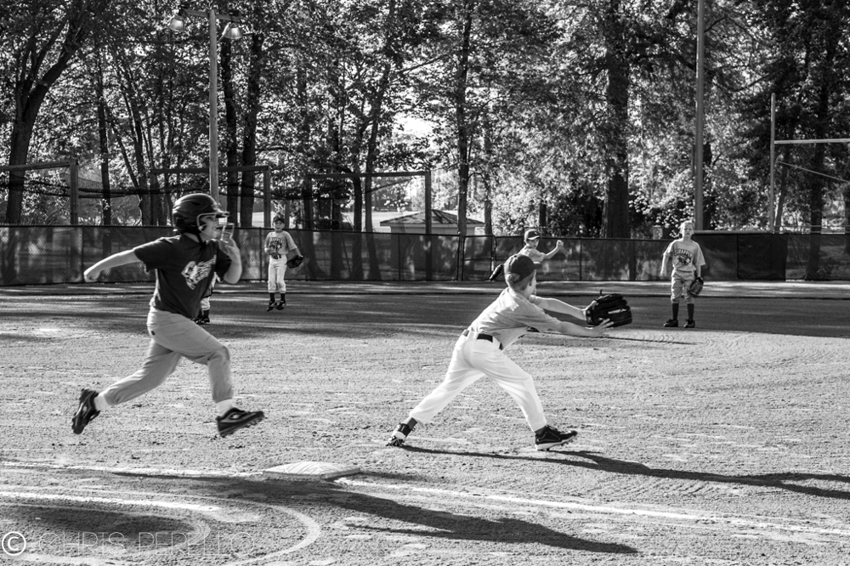Why simple investment rules are more accurate than complex formulas.
In this episode, you’ll learn:
- What determines where a hit baseball will land and how we use the gaze heuristic to catch it.
- Under what conditions are rules of thumb more accurate than manual calculations.
- How Harry Markowitz, Nobel Prize winner for his work on Modern Portfolio Theory, used a rule of thumb to determine the asset allocation for his retirement portfolio.
- Why dividing your assets equally can be superior to more complicated asset allocation strategies.
- Four investing rules of thumb.
Show Notes
Hitting A Baseball – It’s All In the Physics
Appellate ruling on Louisville Slugger baseball bat case
Risk Savvy: How To Make Good Decisions by Gerd Gigerenzer
Homo Heuristicus: Why Biased Minds Make Better Inferences by Gerd Gigerenzer and Henry Brighton
Optimal Versus Naive Diversification: How Inefficient is the 1/N Portfolio Strategy?
When Markets Collide by Mohammed El Erian
Summary Article
An Investing Rule of Thumb
When a baseball hits a bat what determines where the ball will go? How high, how far and how fast?
George Manning, the former Vice President of Technical Services for Hillerich and Bradsby, the manufacturer of Louisville Slugger baseball bats listed these factors::
“The speed of the bat, the speed of the ball, the mass of the ball, the location of the hit of the ball and the bat, the angle of the hit, the weather conditions, the coefficient of restitution between the bat and the ball, the ball’s surface condition, the direction of the bat at impact, the direction of the ball at impact, the spin on the ball, etc.”
Given these factors, how do fielders go about catching flying baseballs?
Do their brains act like computers, quickly weighing all of these factors in a curvilinear regression that determines which direction to run?
No. The fielders use a simple rule of thumb. They fix their eyes on the ball and then adjust their running speed so the angle of their gaze remains constant.
Dogs use the same technique to catch a Frisbee.
Heuristics
Rules of thumb (also known as heuristics) are simple rules that our brains use to make quick decisions as we seek to navigate a complex world.
They are used both consciously and unconsciously. When a rule of thumb is used unconsciously, it is sometimes called intuition.
The opposite of a heuristic is a manual calculation based on gathering as much information as possible, determining which information to weigh more heavily, seeking to understand the dependencies and relationships between the data and ultimately making a decision based on optimizing all the inputs.
Clearly, when chasing a baseball or when confronted by a bear there is insufficient time to manually calculate an optimal solution.
But what about situations where there is ample time? Is making a decision by gathering as much information as possible and optimizing the inputs always superior to using a rule of thumb?
No. When uncertainty is high then rules of thumb are often more accurate than manual calculations.
Something is uncertain when not only is the outcome unknown but many of the inputs that determine the outcome are also unknown and the hidden linkages between those inputs are likewise unknown.
In short, there are unknown unknowns.
When Are Rules of Thumb Superior
Manual calculations are inferior to rules of thumb when uncertainty is high because they tend to produce solutions that are optimized for what happened in the past, but fail to predict the future.
When uncertainty is high then surprises are likely. Because rules of thumb are not derived from what happened in the past, they can more readily accommodate and take advantage of surprises.
Investing is an area where uncertainty is extremely high and simple rules of thumb work best.
A Nobel Prize Winner’s Investing Rule of Thumb
Harry Markowitz won the Nobel Prize for his groundbreaking work on determining an optimal asset allocation. His optimization model was based on manual calculations using investment returns, volatility and the relationship between those returns called correlation.
Many institutions and individuals continue to use Markowitz’s Modern Portfolio Theory to help determine their asset allocations.
How did Markowitz himself go about dividing his own retirement portfolio? He used a simple rule of thumb. He divided his money equally between each of the options in his university retirement plan.
In a 2011 interview published in Science News, Markowitz said, “I thought, you know if, if the stock market goes way up and I’m not in, I’ll feel stupid. And if it goes way down and I’m in it, I’ll feel stupid. So I went 50-50.”
It turns out dividing your assets equally between buckets might actually be a superior investment strategy.
In a 2007 academic paper titled Optimal Versus Naive Diversification: How Inefficient is the 1/N Portfolio Strategy?, Victor DeMiguel, Lorenzo Garlappi and Raman Uppal found that of the 14 allocation models they studied across 7 different data sets that none performed consistently better than dividing assets equally.
Why is this simple rule of thumb so effective? Because the winning and losing asset class in a given year tends to be a surprise.
By broadly diversifying among many different asset types an investor can take advantage of surprises without trying to predict them.
Of course, surprises can also be bad so it’s important to scale your stock exposure to your ability to recover in the event of an extreme market sell-off.

